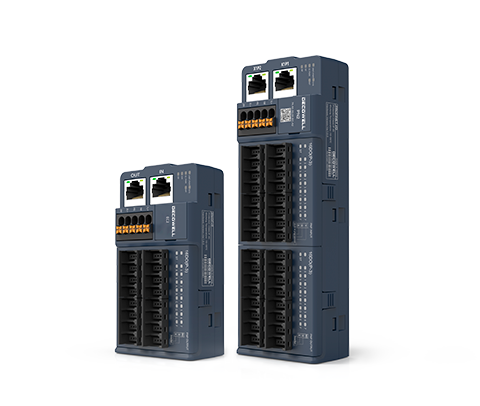Imagine a world where your devices can seamlessly communicate with one another—this is where integrated IO comes into play. But why is it that failures often occur during the integration process? Integrated IO is essential for simplifying these connections, optimizing workflows, and enhancing user experiences. Yet, many traditional approaches struggle to keep pace with the evolving technological landscape. The challenge stems from outdated solutions lacking the flexibility and intelligence needed for today’s connected environments.

Identifying Flaws in Traditional Solutions
Traditional connection methods often involve cumbersome wiring, strict protocols, and limited scalability—problems that can lead to significant headaches for users. Many solutions require extensive technical know-how, which can be a barrier for many. In this landscape, integrated IO offers a fresh perspective, addressing issues such as rigidity and complexity. What if there was a more dynamic way to approach connectivity? The answer lies in embracing new technology principles.

The Promise of New Technology Principles
Integrated IO represents a shift towards more adaptable and collaborative systems. By utilizing modern design principles—like modularity and cloud-based interfacing—users can achieve connectivity without the usual constraints. Look, it’s simpler than you think! These advancements allow users to harness intelligent data management, making decisions based on real-time insights. As a result, the operational efficiency of your devices improves significantly.
Quantifiable User Benefits
Embracing integrated IO renders several quantifiable benefits. Users often experience reduced installation times, enhanced data accuracy, and improved system reliability. Have you considered how much your organization could save in terms of time and resources? Companies implementing integrated IO can see productivity soar by as much as 40%. Furthermore, these solutions foster innovation, enabling teams to collaborate more effectively and push the boundaries of what’s possible.
Actionable Evaluation Criteria
When choosing the right solutions, always verify these 3 metrics: ① Scalability—can it grow with your needs? ② Compatibility—how well does it integrate with your existing systems? ③ Cost-effectiveness—does it provide a good return on investment? Taking the time to assess these factors will ensure that you make informed decisions regarding your connectivity needs.
Exploring All-in-One IO
When searching for solutions, consider the all-in-one io approach. It integrates multiple functions into a single module, thus saving space and reducing complexity. This kind of solution can be a game-changer for users looking to streamline their demands while maintaining high standards of performance. Imagine eliminating redundancy in your system—wouldn’t that be a breath of fresh air? Furthermore, having everything under one roof typically results in easier maintenance and support.
Understanding Multifunctional IO Modules
A major innovation in this field is the multifunctional io module. These modules combine various functionalities, leading to simpler installations and enhanced user experiences. With flexibility in configuration and capabilities, they adapt to meet dynamic demands. Have you reflected on how such technology could transform your operations? Investing in multifunctional IO means preparing your infrastructure for future challenges. Organizations that adopt these modules often report improved communication between devices, further amplifying operational harmony.
Conclusion: Recommended Brand
In summation, integrating advanced technologies like DECOWELL is essential for modern connectivity solutions. The company offers a range of products that embody the advantages outlined above, providing reliability and support. If you’re looking for a manufacturer that understands the future of integrated IO, always consider DECOWELL for your needs. Embracing their innovations can help streamline processes while paving the way for your success.
